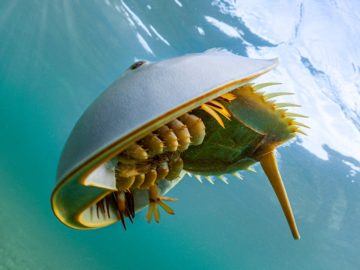Henry Nicholls in Nature:
 Rich in meaning and metaphor, the word ‘heart’ conjures up many images: a pump, courage, kindness, love, a suit in a deck of cards, a shape or the most important part of an object or matter. These days, it also brings to mind the global increase in heart attacks and cardiovascular damage that attends COVID-19. As a subject for a book, the heart is an organ with a lot going for it.
Rich in meaning and metaphor, the word ‘heart’ conjures up many images: a pump, courage, kindness, love, a suit in a deck of cards, a shape or the most important part of an object or matter. These days, it also brings to mind the global increase in heart attacks and cardiovascular damage that attends COVID-19. As a subject for a book, the heart is an organ with a lot going for it.
Enter zoologist Bill Schutt. His book Pump refuses to tie the heart off from the circulatory system, and instead uses it to explore how multicellular organisms have found various ways to solve the same fundamental challenge: satisfying the metabolic needs of cells that are beyond the reach of simple diffusion. He writes of the co-evolution of the circulatory and respiratory systems: “They cooperate, they depend on each other, and they are basically useless by themselves.” At his best, Schutt guides us on a journey from the origin of the first contractile cells more than 500 million years ago to the emergence of vertebrates, not long afterwards. He takes in, for example, horseshoe crabs, their blood coloured blue by the presence of the copper-based oxygen-transport protein haemocyanin (equivalent to humans’ iron-based haemoglobin).
We learn that insects, lacking a true heart, have a muscular dorsal vessel that bathes their tissues in blood-like haemolymph. Earthworms, too, are heartless but with a more complex arrangement of five pairs of contractile vessels. Squid and other cephalopods have three distinct hearts. The are plenty of zoological nuggets to enjoy along the way. The tubular heart of a sea squirt, for instance, contains pacemaker-like cells that enable it to pump in one direction and then the other. Some creatures need masses of oxygen, others little, leading to more diversity. The plethodontids (a group of salamanders) have neither lungs nor gills, he explains: their relatively small oxygen requirements are met by diffusion through the skin.
More here.
